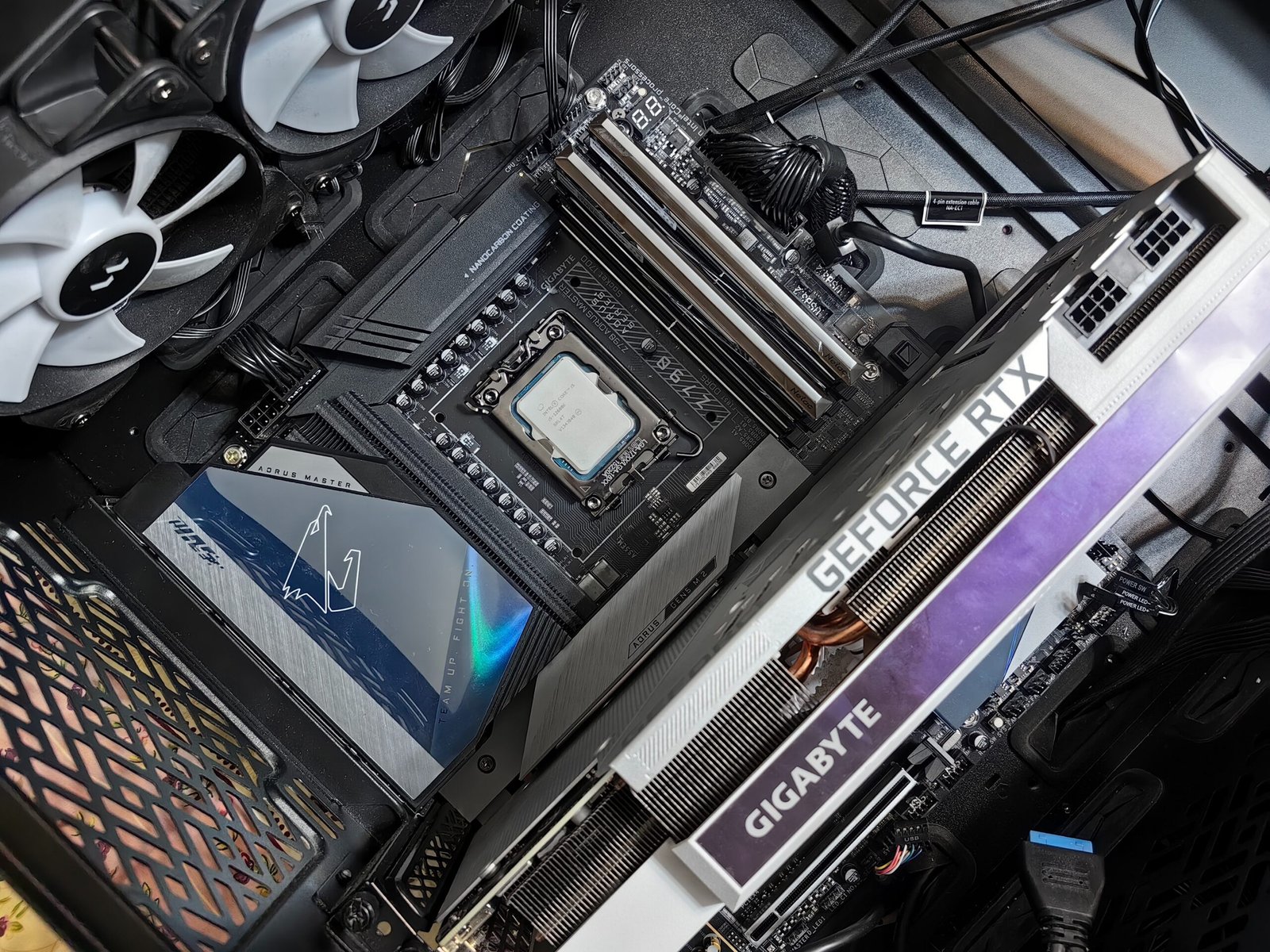
Introduction to System Memory RAM
System Memory RAM (Random Access Memory) plays a crucial role in the performance of a computer. It is a type of computer memory that stores data that is actively being used by the computer’s operating system, applications, and processes. RAM allows for quick access to data, which significantly improves the overall speed and efficiency of a computer.
The invention of system memory RAM revolutionized the way computers functioned. In the early days of computing, magnetic core memory was used, which was slow and had limited capacity. However, in the late 1960s, the invention of integrated circuit technology led to the development of dynamic random-access memory (DRAM), which laid the foundation for modern system memory RAM.
Over the years, system memory RAM has evolved, becoming faster, more efficient, and capable of handling larger amounts of data. Today, it is an essential component of every computer, from personal laptops to high-performance servers.
The Role of System Memory RAM in a Computer
System memory RAM acts as a temporary storage space for data that the computer needs to access quickly. When you open an application or perform a task on your computer, the relevant data is loaded from the storage device (such as a hard drive or solid-state drive) into the RAM. This allows the computer’s processor to quickly access and manipulate the data, resulting in smooth and responsive performance.
RAM also plays a crucial role in multitasking. It enables the computer to run multiple applications simultaneously by allocating a portion of the RAM to each application. This allows for seamless switching between different tasks without significant slowdowns or delays.
In addition to its primary function of storing and accessing data, system memory RAM also plays a crucial role in the communication between various components of a computer. It acts as a bridge between the processor, storage devices, and other hardware components, facilitating the smooth transfer of data and instructions.
RAM Capacity, Memory Speeds, and Dual vs. Single Channel Memory
When it comes to system memory RAM, several factors need to be considered, including capacity, memory speeds, and the choice between dual and single channel memory.
The capacity of RAM determines how much data can be stored and accessed at any given time. Higher RAM capacity allows for the smooth running of memory-intensive applications and multitasking. It is recommended to have a minimum of 8GB of RAM for most general-purpose computing tasks, but for demanding applications like video editing or gaming, 16GB or more may be necessary.
Memory speeds, measured in megahertz (MHz), determine how quickly data can be read from and written to the RAM. Higher memory speeds result in faster data transfer and improved overall system performance. It is important to note that the memory speed should be compatible with the motherboard’s specifications for optimal performance.
The choice between dual and single channel memory refers to how the RAM modules are installed on the motherboard. Dual-channel memory allows for increased memory bandwidth and improved performance by utilizing two identical RAM modules simultaneously. Single-channel memory, on the other hand, uses a single RAM module. Dual-channel memory is recommended for better performance, especially in tasks that require high memory bandwidth, such as gaming or video editing.
It is worth mentioning that the capacity and memory speeds of the RAM can have an impact on the performance of other components, such as the processor and graphics card. Insufficient RAM capacity or slower memory speeds can bottleneck the performance of these components, leading to decreased overall system performance.
Keeping System Memory RAM Updated
Regularly updating and upgrading the system memory RAM is essential for maintaining optimal system performance. As technology advances, software and applications become more demanding, requiring additional resources from the computer.
Upgrading the RAM can significantly improve the computer’s performance, especially if you frequently use memory-intensive applications or multitask heavily. It allows for smoother multitasking, faster data access, and improved overall responsiveness.
Conclusion
System memory RAM is a critical component of every computer, enabling quick data access, seamless multitasking, and efficient communication between various hardware components. The capacity, memory speeds, and the choice between dual and single channel memory are important factors to consider when selecting and upgrading the RAM.
Regularly updating and upgrading the RAM can greatly enhance the overall performance of a computer, ensuring smooth operation even with resource-intensive tasks. By understanding the role and importance of system memory RAM, you can make informed decisions to optimize your computer’s performance.
